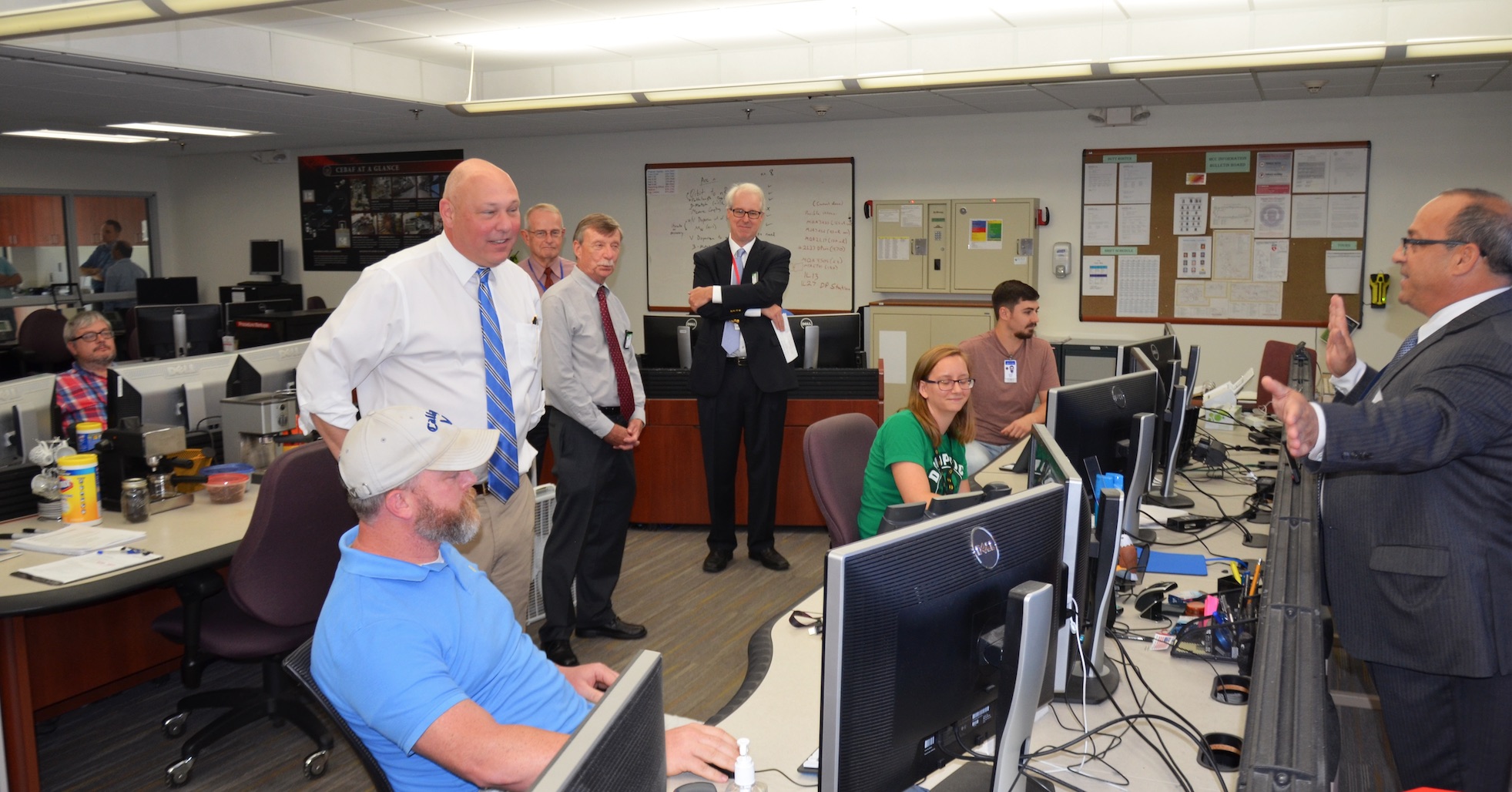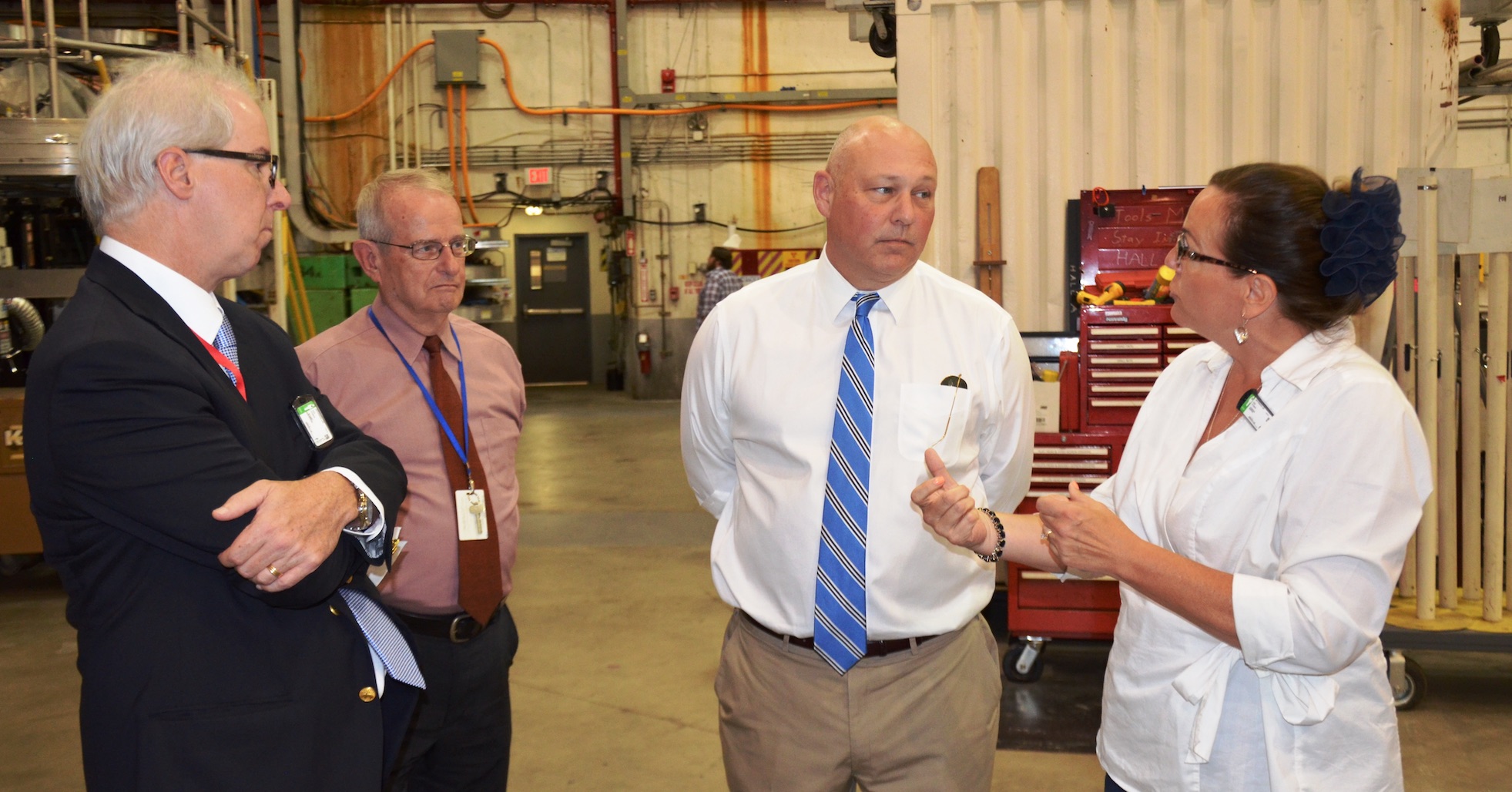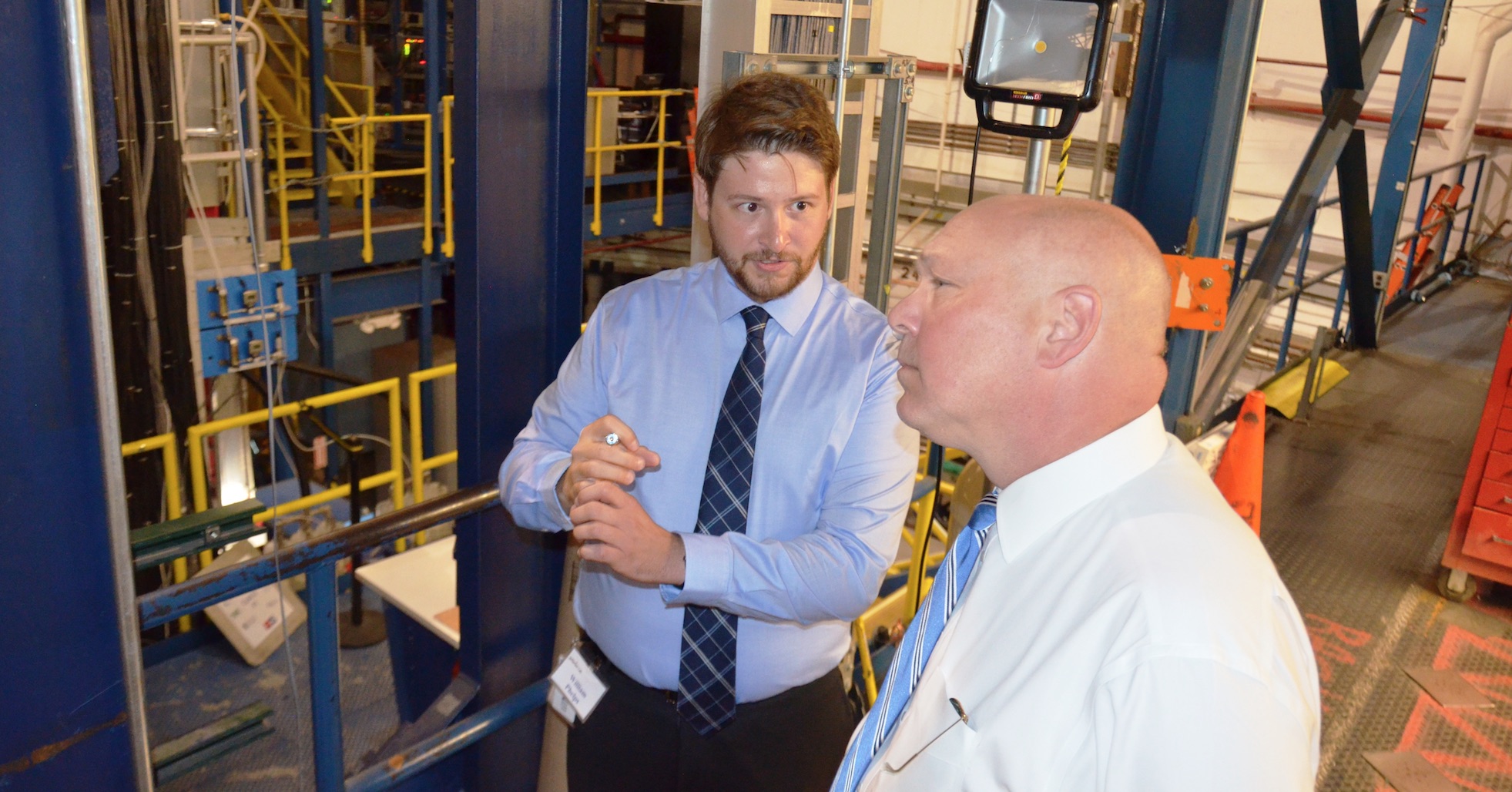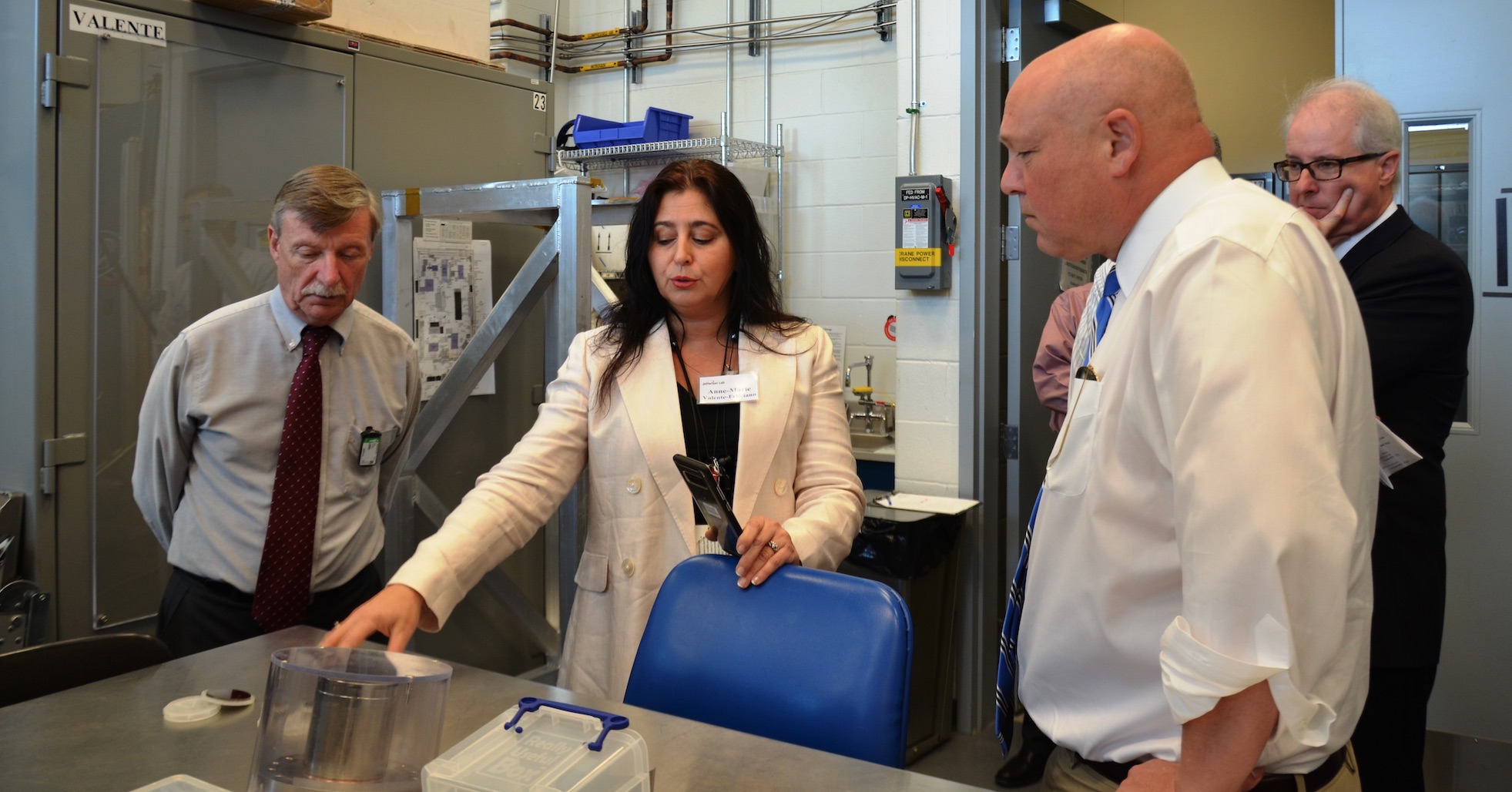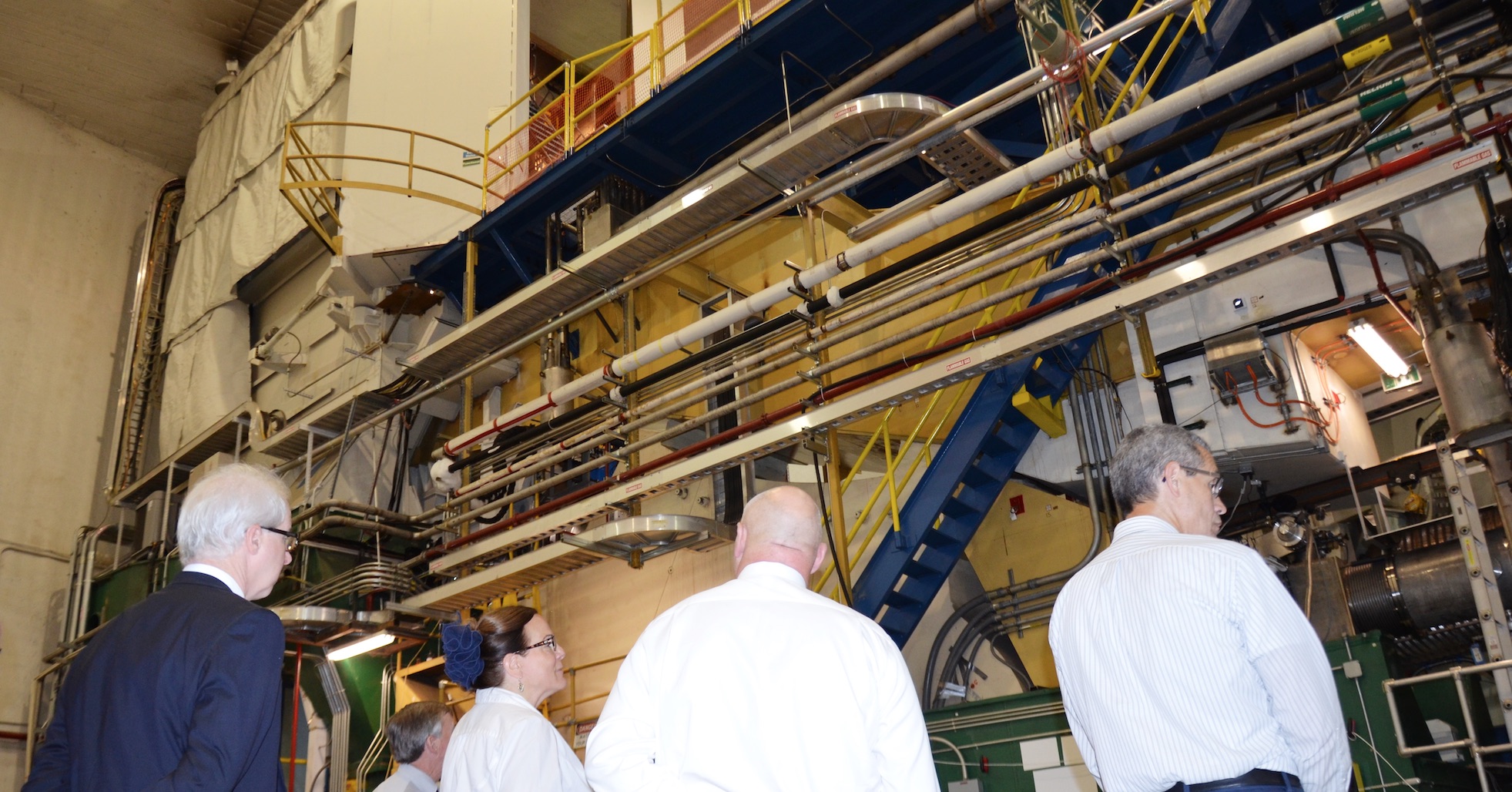Christopher Fall, the new Director of the Office of Science, visited Jefferson Lab to learn about the outstanding research facilities we provide to more than 1,600 nuclear and accelerator physicists worldwide.
On July 11, the U.S. Department of Energy held a swearing-in ceremony in honor of its recently confirmed appointees, including Christopher Fall as the new Director of the Office of Science.
Fall recently visited Jefferson Lab, a DOE National Laboratory, to learn about the outstanding research facilities we provide to more than 1,600 nuclear and accelerator physicists on behalf of DOE, the scientific research carried out at Jefferson Lab, and the research and development efforts in these and related fields. We look forward to continuing this important work on behalf of the Office of Science.
Other honorees at the swearing-in ceremony included William Bookless as the Principal Deputy Administrator for the National Nuclear Security Administration (NNSA), Rita Baranwal as the Assistant Secretary for Nuclear Energy, and Lane Genatowski as the Director of Advanced Research Projects Agency-Energy (ARPA-E).
Contact: Lauren Hansen, Jefferson Lab Communications Office, 757-269-7689, lhansen@jlab.org


